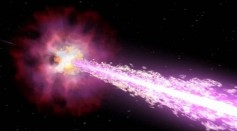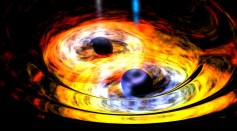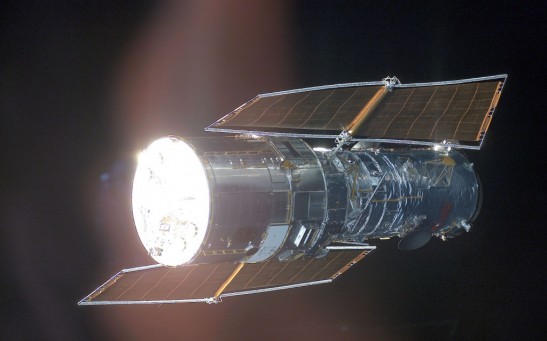Interacting galaxy

Experts Found Vast 'Halo' of Dark Matter Around Dwarf Galaxy

Black Holes COULD Starve When Galactic Collisions Happen, Experts Say
Most Popular

How Technology Is Changing the Real Estate Industry?

AI Revolution in Medical Education: Transforming How Healthcare Professionals Learn

Nikolay Karpenko Biography, Photo, Career, Accomplishments

Zombie Star Set to Light Up Night Sky: Blaze Star Could Erupt Soon






